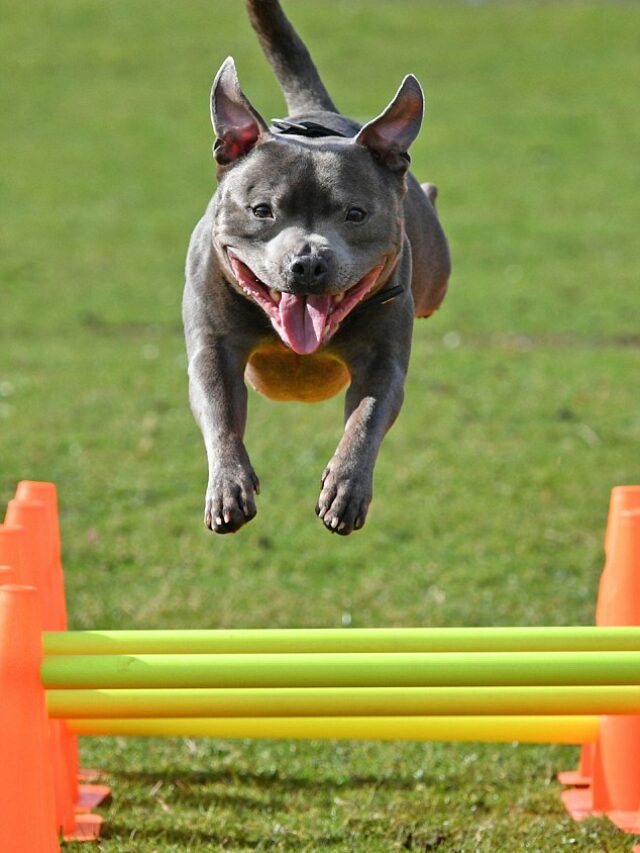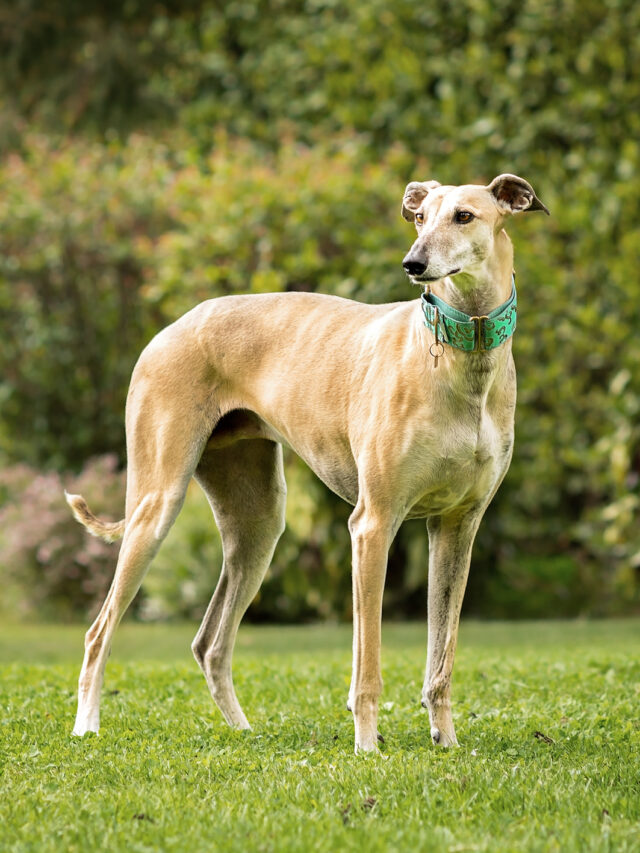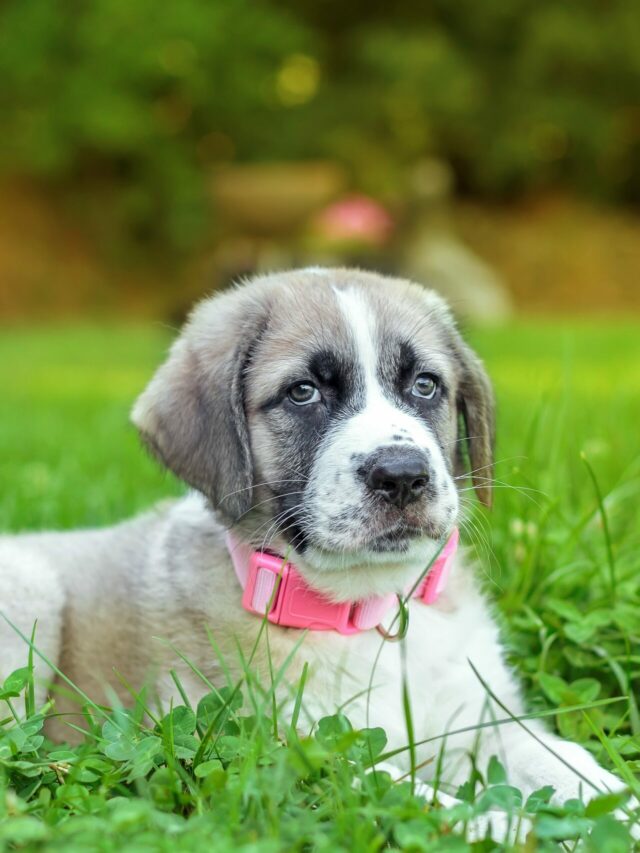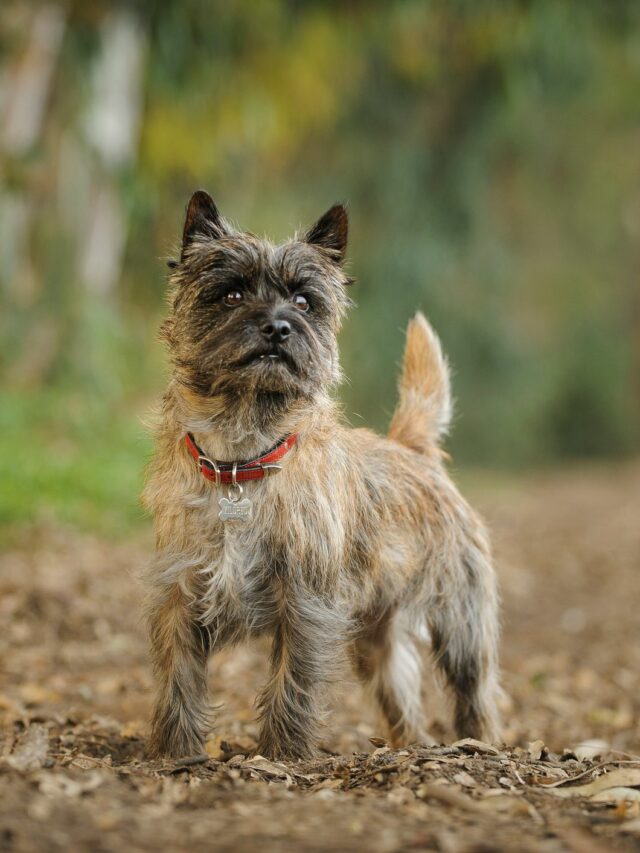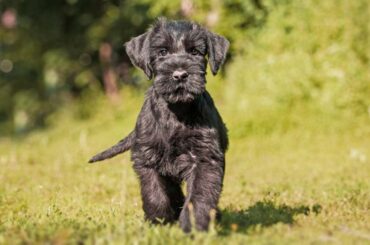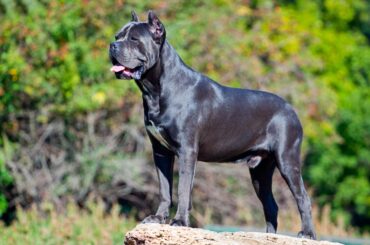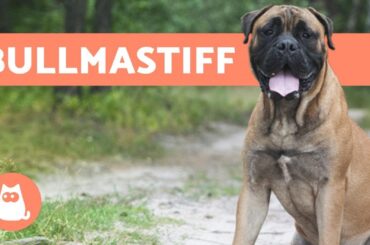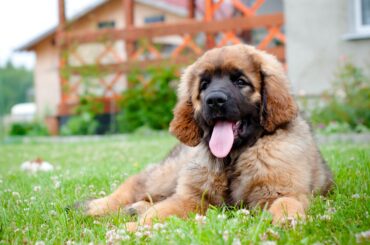Teaching your dog agility can be a fun and rewarding experience for both you and your furry friend. Agility training helps improve your dog’s physical fitness, mental stimulation, and overall obedience. Here are some steps to get started: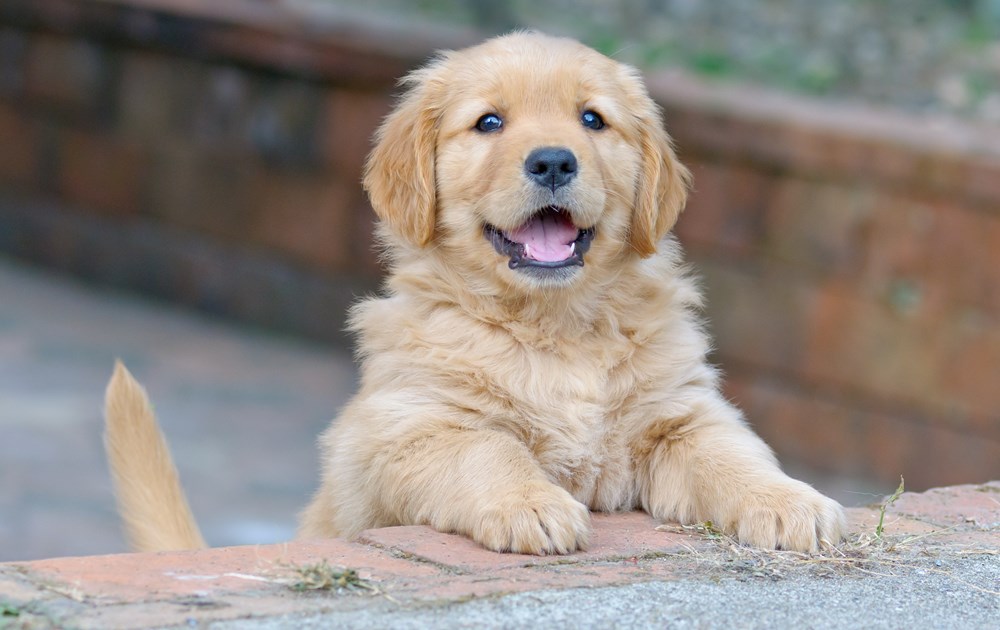
- Assess your dog’s suitability: Not all dogs are suited for agility training. It’s important to ensure that your dog is physically fit, free from any injuries or health issues, and has a basic level of obedience training. Some dog breeds are more inclined towards agility, such as Border Collies and Australian Shepherds, but dogs of any breed or size can participate.
- Set up a training area: Create a designated training area in your backyard or a secure, spacious location. Set up agility equipment like tunnels, jumps, weave poles, and a pause table. You can purchase agility equipment or create DIY versions using household items.
- Start with basic obedience: Before diving into agility-specific training, make sure your dog has a good grasp of basic obedience commands like sit, stay, come, and lie down. These commands will come in handy during agility training and help maintain control.
- Introduce obstacles gradually: Begin by introducing one obstacle at a time. For example, start with a simple jump. Use positive reinforcement techniques like treats, praise, and play to encourage your dog to go over the jump. Gradually increase the difficulty by raising the height or adding more obstacles.
- Use targeting techniques: Teach your dog to touch or target specific objects like a target stick or your hand. This will help them understand how to navigate the course and follow your cues. You can use a clicker to mark the desired behavior and reinforce it with treats.
- Teach basic handling skills: As a handler, you need to learn how to communicate with your dog effectively. Teach your dog to respond to verbal and physical cues, such as hand signals or body language, to direct them through the course. Use consistent commands and reward your dog for correct responses.
- Gradually build up the course: Once your dog is comfortable with individual obstacles, start connecting them together to form a mini-course. Focus on smooth transitions and maintaining your dog’s enthusiasm throughout the course. Practice different sequences and add more obstacles as your dog progresses.
- Practice, repetition, and consistency: Regular training sessions are essential for your dog to build confidence and improve their agility skills. Aim for short, frequent sessions to keep them engaged and prevent mental and physical exhaustion. Remember to always end on a positive note.
- Consider joining a class or club: If you’re interested in taking your dog’s agility training to the next level, consider joining an agility class or a local club. This will provide structured training, expert guidance, and opportunities to compete in agility trials.
Table of Contents
What is dog agility?
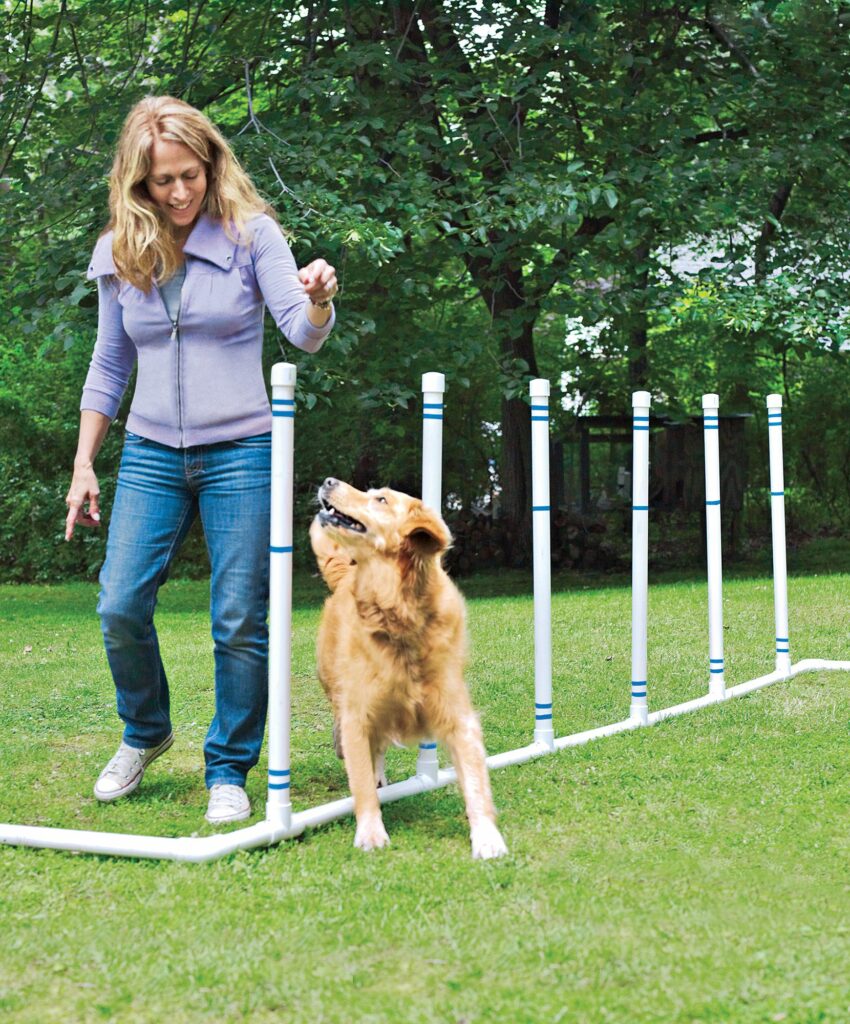
Dog agility is a competitive dog sport that involves a handler directing a dog through an obstacle course in a race against the clock. The goal is for the dog to complete the course accurately and within the shortest possible time. The sport originated from equestrian show jumping and gained popularity in the 1970s.
In an agility course, the obstacles can include jumps, tunnels, weave poles, A-frames, seesaws, and various types of contact obstacles like dog walks and teeter-totters. The course is designed to test the dog’s speed, agility, and obedience, as well as the handler’s ability to guide the dog through the obstacles.
Handlers use a combination of verbal commands, hand signals, and body language to communicate with their dogs and direct them through the course. Dogs must navigate the obstacles in the prescribed order and complete them without errors or faults. Faults can occur if the dog knocks down a jump bar, misses an obstacle, or fails to touch contact zones on contact obstacles.
Agility competitions are organized at different levels, ranging from beginner or “novice” to advanced and international levels. Dogs are categorized by height and compete against dogs of similar sizes. Titles and awards can be earned as dogs accumulate qualifying runs and achieve specific performance criteria.
Dog agility is not only a competitive sport but also a popular recreational activity for dog owners. It promotes physical exercise, mental stimulation, and a stronger bond between dogs and their handlers. It requires training, practice, and teamwork to excel in the sport and is enjoyed by people and dogs of various breeds and sizes.
Benefits of teaching your dog agility
Teaching your dog agility can provide numerous benefits for both you and your furry friend. Here are some of the key advantages:
- Physical exercise: Agility training involves a combination of running, jumping, weaving, and climbing obstacles. It provides an excellent form of cardiovascular exercise for your dog, helping to improve their overall fitness, stamina, and muscle tone.
- Mental stimulation: Agility requires dogs to navigate through courses and follow specific instructions. It challenges their mental abilities, enhances problem-solving skills, and helps keep their minds sharp. Mental stimulation is crucial for preventing boredom and can contribute to a happier and more well-rounded dog.
- Bonding and teamwork: Agility training requires close collaboration between you and your dog. It provides an opportunity to strengthen the bond and trust between you as you work together towards a common goal. The training sessions foster teamwork, communication, and understanding, leading to a deeper connection with your pet.
- Confidence building: As your dog successfully overcomes obstacles and masters agility skills, their self-confidence will grow. Agility training helps dogs become more self-assured, which can have positive effects on their behavior and overall temperament. Increased confidence can also translate to improved obedience and responsiveness to commands.
- Energy outlet: Dogs with high energy levels often need an outlet to channel their enthusiasm and prevent destructive behavior. Agility training provides a structured and controlled environment where your dog can release pent-up energy in a positive and constructive manner. This can help alleviate behavioral issues associated with excess energy, such as chewing or excessive barking.
- Socialization opportunities: Agility classes and competitions provide a chance for your dog to interact with other dogs and people in a controlled environment. This exposure to new environments, sights, sounds, and other animals helps to socialize your dog and improve their behavior around distractions. It can contribute to a well-socialized and well-behaved dog in various settings.
- Fun and enjoyment: Agility training is not only beneficial but also a lot of fun! Dogs generally enjoy the physical challenges, mental stimulation, and the opportunity to spend quality time with their owners. It provides an exciting and engaging activity that can enrich their lives and keep them happily entertained.
Remember, agility training should be introduced gradually and with positive reinforcement techniques. If you’re interested in pursuing agility training for your dog, consider consulting a professional dog trainer or joining a local agility club to ensure proper guidance and support throughout the process.
Is my dog suitable for agility?
Determining whether a dog is suitable for agility requires assessing several factors, including the breed, age, temperament, and physical condition of the dog. While I can’t directly evaluate your dog, I can provide you with general guidelines to consider when determining if your dog may be suitable for agility.
- Breed: Certain breeds are more commonly seen in agility competitions due to their natural athleticism, agility, and drive. Border Collies, Australian Shepherds, Shetland Sheepdogs, and Jack Russell Terriers are some examples. However, any breed or mixed breed dog can participate in agility as long as they are physically capable.
- Age: Agility training typically involves high-impact activities that can put stress on a dog’s joints and bones. It’s important to wait until your dog’s growth plates have closed before participating in agility to avoid potential damage. The exact age at which growth plates close can vary depending on the breed, so consult with your veterinarian to determine if your dog is physically mature enough.
- Temperament: Agility requires a certain level of focus, drive, and willingness to work with their handler. Dogs that are easily motivated, enjoy learning new tasks, and have good impulse control tend to excel in agility. They should also be comfortable working around other dogs and in busy environments.
- Physical Condition: Agility requires dogs to perform various physical tasks, including jumping, weaving, and climbing. Your dog should be in good overall health, with no underlying medical conditions that could be exacerbated by the physical demands of agility. A thorough veterinary check-up is advisable before starting agility training.
- Training and Socialization: Basic obedience training is a prerequisite for agility. Your dog should respond well to commands, have good recall, and be comfortable working off-leash. Additionally, exposing your dog to different environments, people, and other dogs from an early age helps build their confidence and adaptability.
It’s important to remember that not all dogs are suited for agility, and that’s perfectly fine. If you’re unsure about your dog’s suitability or want personalized advice, it’s recommended to consult with a professional dog trainer or agility instructor who can assess your dog’s individual characteristics and provide appropriate guidance.
What to know before you start teaching your dog agility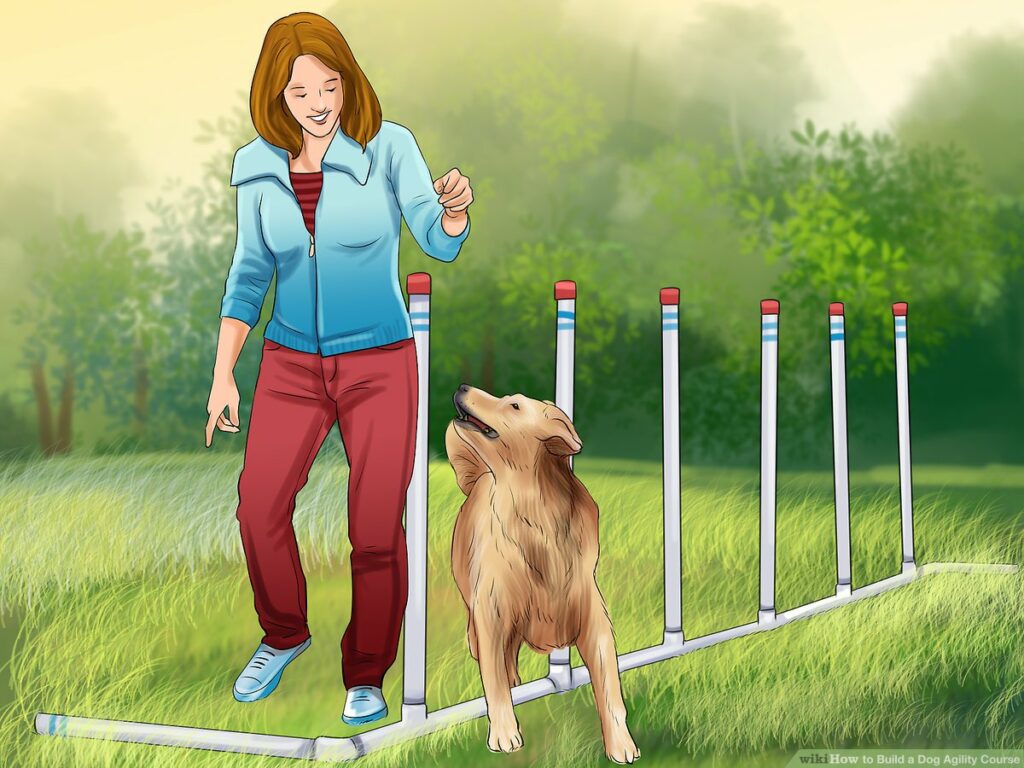
Before you start teaching your dog agility, there are several important things to know and consider. Here are some key points to keep in mind:
- Basic obedience: It’s crucial that your dog has a solid foundation in basic obedience commands such as sit, stay, come, and down. These commands will provide the groundwork for successful agility training.
- Health and fitness: Ensure that your dog is in good overall health and physically fit enough to participate in agility activities. Certain breeds may be more prone to certain health issues, so consult with your veterinarian to assess your dog’s suitability for agility training.
- Age and development: Agility training involves high-impact exercises and can put strain on a young dog’s developing joints. It’s generally recommended to wait until your dog is at least one year old before introducing them to agility training. Consult with your vet to determine the appropriate age for your specific dog.
- Temperament and personality: Agility requires dogs to work in a stimulating and challenging environment. Assess your dog’s temperament to ensure they have the right combination of drive, focus, and trainability. Some dogs may find the agility environment too overwhelming or stressful, so it’s important to consider your dog’s personality traits.
- Positive reinforcement training: Agility training should be based on positive reinforcement methods, using rewards such as treats, toys, and praise. Avoid punishment or harsh training techniques, as they can undermine your dog’s enthusiasm and willingness to participate.
- Training equipment: Acquire the necessary equipment for agility training, including jumps, tunnels, weave poles, and contact obstacles (e.g., A-frame, dogwalk, and seesaw). Start with low-impact equipment and gradually increase the difficulty level as your dog progresses.
- Training space: Find a suitable area for training, such as a securely fenced yard or a designated agility training facility. Adequate space is needed to set up equipment and create agility courses. Ensure the area is safe and free from potential hazards.
- Training progression: Start with foundation exercises and gradually introduce your dog to individual agility obstacles. Focus on teaching them the correct techniques and building their confidence. Once they are proficient with individual obstacles, begin sequencing them together to create full agility courses.
- Consistency and patience: Agility training requires consistent practice and patience. Set aside regular training sessions to work with your dog, gradually progressing at their pace. Celebrate small achievements and keep the training sessions enjoyable and rewarding.
- Seek professional guidance: Consider attending agility classes or seeking guidance from a professional agility trainer. They can provide valuable insights, help you understand the sport’s intricacies, and offer personalized advice based on your dog’s needs.
Remember, agility training should be a fun and rewarding experience for both you and your dog. Enjoy the process and celebrate your achievements together!
Teaching your dog agility at home
Teaching your dog agility at home can be a fun and rewarding experience for both you and your pet. Agility training helps improve your dog’s physical fitness, mental stimulation, and overall obedience. Here are some steps you can follow to teach your dog agility at home:
- Create a safe training area: Find a suitable space in your backyard or a large, enclosed area where you can set up agility equipment. Make sure the area is free from hazards and distractions.
- Start with basic obedience training: Before introducing agility equipment, ensure that your dog has a solid foundation in basic obedience commands like sit, stay, come, and down. These commands will be important for safety during agility training.
- Introduce agility equipment gradually: Start with simple obstacles like low jumps or tunnels. You can purchase agility equipment online or create DIY obstacles using household items. For example, you can use PVC pipes and pool noodles to create jumps or create a tunnel using blankets or cardboard boxes.
- Use positive reinforcement: Use treats, praise, and rewards to encourage your dog’s engagement and progress. Whenever your dog successfully completes an obstacle, reward them immediately. Positive reinforcement will motivate your dog and make the training sessions enjoyable.
- Practice one obstacle at a time: Focus on teaching your dog to navigate one obstacle before moving on to the next. Break down the training into small steps, and gradually increase the difficulty as your dog becomes more comfortable and confident.
- Incorporate verbal and visual cues: Use consistent verbal cues, such as “jump” or “tunnel,” to help your dog understand what you expect them to do. Additionally, use hand signals or body language to guide your dog through the obstacles.
- Train regularly and be patient: Consistency is key when training your dog agility. Practice regularly, but keep the sessions short and fun to prevent your dog from getting bored or tired. Remember to be patient and understand that each dog learns at their own pace.
- Gradually increase the complexity: Once your dog becomes proficient in individual obstacles, start combining them into short sequences or courses. This will challenge your dog’s ability to follow a sequence of obstacles and listen to your cues.
- Seek professional guidance if needed: If you encounter difficulties or want to take your dog’s agility training to a higher level, consider seeking guidance from a professional dog trainer who specializes in agility. They can provide personalized advice and help you and your dog progress further.
Remember, safety should always be a priority during agility training. Regularly check the equipment for any damage, monitor your dog’s energy levels, and provide plenty of water breaks. Keep the training sessions enjoyable and maintain a positive and supportive attitude throughout the process.
Summary of dog agility training
Dog agility training is a popular canine sport that involves guiding dogs through a timed obstacle course. The goal is to complete the course with accuracy, speed, and precision. Here is a summary of dog agility training:
- Introduction: The training begins with introducing the dog to basic commands like sit, stay, come, and lie down. This establishes a foundation for further training.
- Obstacle Familiarization: The dog is gradually introduced to agility equipment such as jumps, tunnels, weave poles, A-frames, seesaws, and tunnels. The trainer uses positive reinforcement techniques, treats, and praise to encourage the dog to navigate these obstacles.
- Obedience Training: Basic obedience training continues alongside agility training to ensure the dog responds reliably to commands. This includes off-leash control, focus, and recalls.
- Agility Foundation: The dog learns various skills that form the foundation of agility training, such as targeting, handling techniques, and verbal cues. The trainer teaches the dog to follow their guidance through body language and signals.
- Obstacle Training: Each obstacle is introduced individually, focusing on proper technique and safety. The dog is taught to jump over bars, run through tunnels, weave through poles, and navigate contact obstacles like the A-frame and dog walk.
- Sequencing: Once the dog is comfortable with individual obstacles, they begin to navigate sequences or mini-courses. These sequences gradually increase in complexity and incorporate multiple obstacles. The trainer guides the dog through the course using verbal and physical cues.
- Speed and Accuracy: As the dog gains proficiency, the focus shifts to improving speed and accuracy. The trainer emphasizes proper execution, tight turns, and efficient paths through the course.
- Proofing and Distractions: Dogs are exposed to different distractions and environments to ensure they can perform in various settings. This includes practicing in different locations, introducing noise distractions, and working with other dogs present.
- Handling Techniques: The trainer teaches the handler (the person guiding the dog) specific handling techniques to navigate the course effectively. These techniques include front crosses, rear crosses, blind crosses, and distance handling.
- Competition Readiness: For those interested in competing, additional training is provided to fine-tune the dog’s skills and improve teamwork between the dog and handler. Mock courses and simulated competition scenarios are used to prepare the dog for the actual event.
Throughout the training process, positive reinforcement techniques are used to reward and motivate the dog. Training sessions are kept short and enjoyable to maintain the dog’s enthusiasm. Safety measures are also prioritized to prevent injuries during agility training.
READ ALSO:
- Can Dogs Eat Pineapple? 5 Benefits of Pineapple for Dogs | PetsWealth
- Depression in Dogs: 7 Signs Your Dog Is Depressed
- Why Is My Dog Not Eating – 7 Awesome Treatment & Prevention
- Resource Guarding in Dogs – How to Address Resource Guarding in Dogs
Remember, agility training should be a positive and enjoyable experience for both you and your dog. Always prioritize your dog’s safety, monitor their energy levels, and adjust the training accordingly. Happy training!
The article provided via this website should not be used to determine or treat a health problem or disease; it is not intended to offer any legal opinion or advice or a substitute for professional safety advice or professional care. Please consult your Vertinary Doctor or health care provider, attorney, or product manual for professional advice. Products and services reviewed are provided by third parties; we are not responsible in any way for them, nor do we guarantee their functionality, utility, safety, or reliability. Our content is for educational purposes only.
If you like, please share it. Sharing is usually caring.


